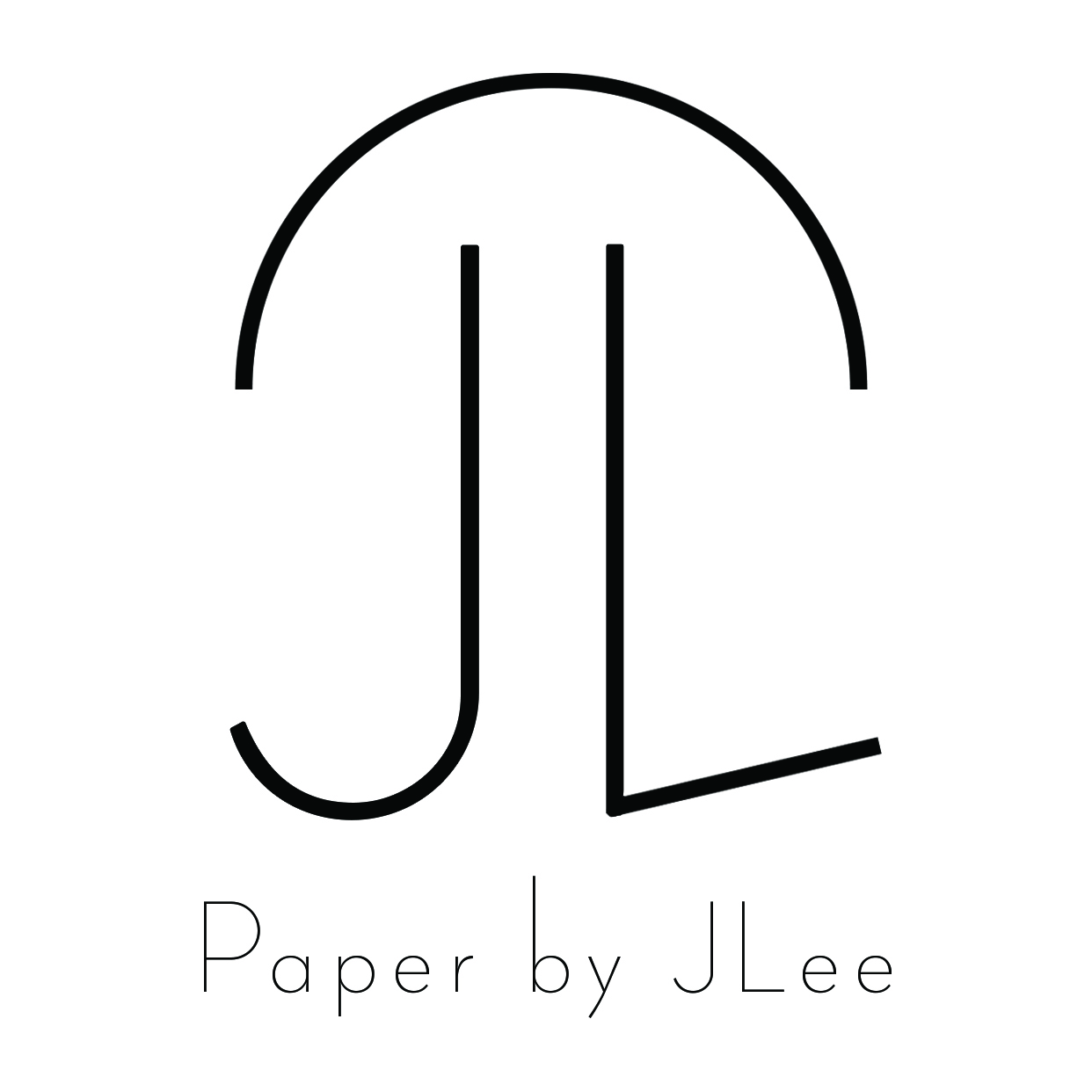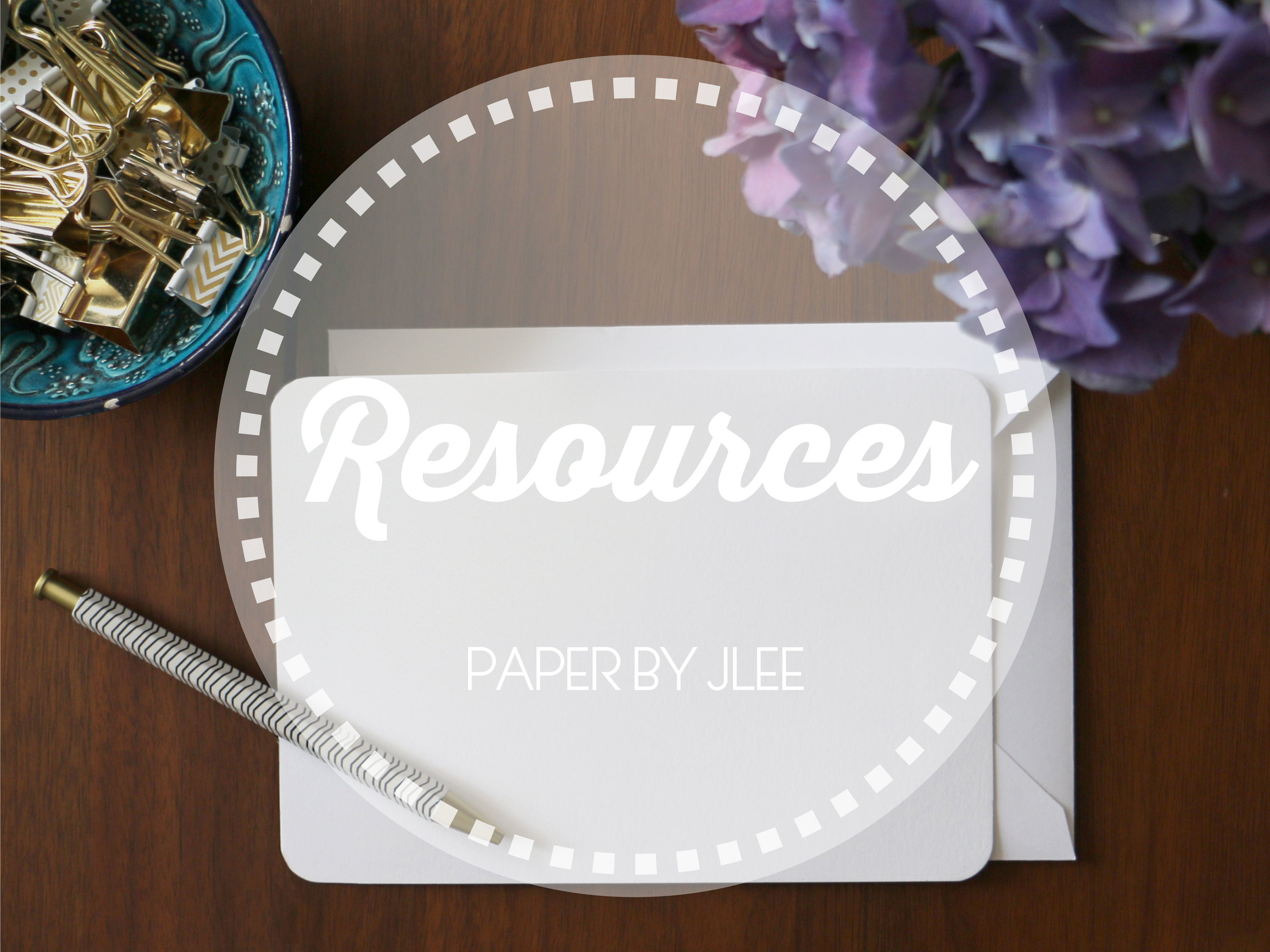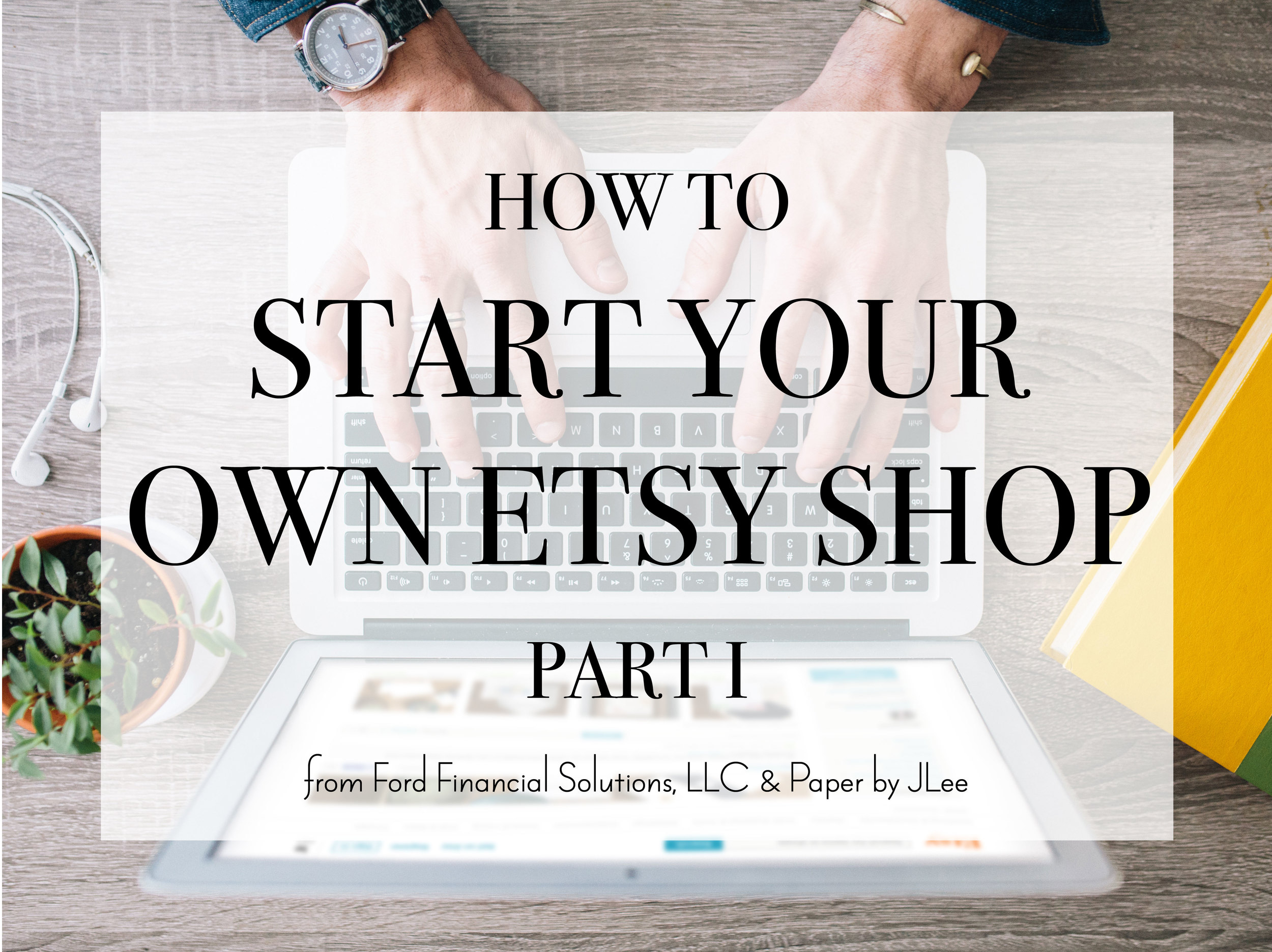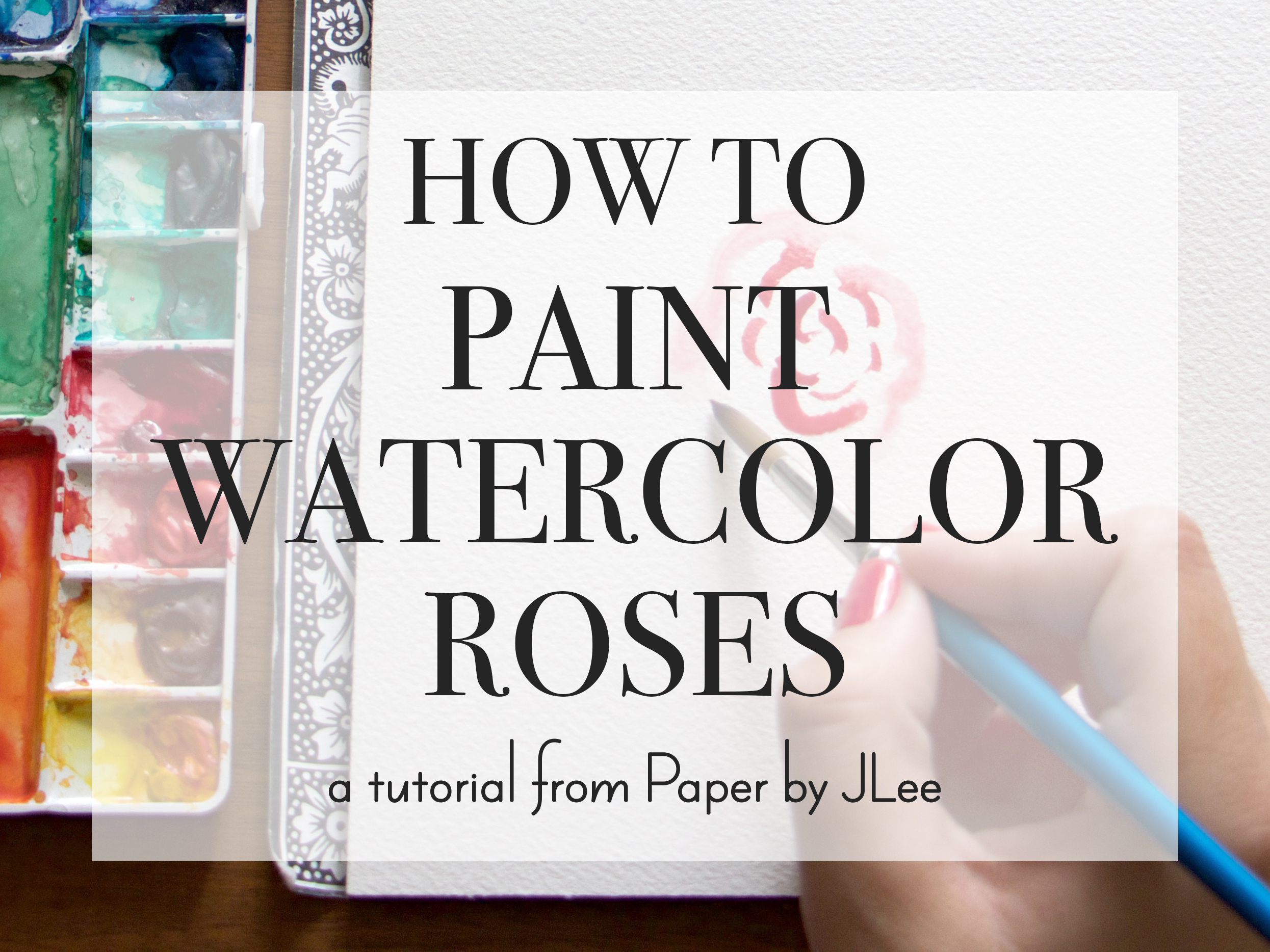I have found a lot of great resources, articles and supplies since I launched Paper by JLee. I've listed a few below and I'll keep adding to the list as I find more information. Maybe something I've found helpful will be useful to you too!
Starting a Small Business
- StartUp Podcast // This podcast goes behind the scenes of how founders start their businesses. You'll get to hear investor meetings, discussions between co-founders and more. It's pretty great!
- Megan Minns blog: Business Strategy for Side Hustlers // Megan has great articles about how to build a business while keeping a separate, full-time job.
- The Big Fake Wedding // I participated in this event only a few months after I launched Paper by JLee and it was a great experience. I made a lot of friends and contacts that gave great advice and helped me grow this business. If you get a chance to participate yourself, go for it! Read more about my experience here.
- How to Start Your Own Etsy Shop // My financial planner and founder of Ford Financial Solutions, LLC, Julie Ford, wrote a great guest post for us about starting your own Etsy shop.
Learning Calligraphy
- Online calligraphy class from I Still Love Calligraphy // This was the very first calligraphy class I took and I loved it. You take the class at your own pace and Melissa is very prompt and helpful with her feedback.
- Workshops from Laura Hooper Calligraphy // I took both of Laura's calligraphy workshops and really enjoyed them. These are in-person classes so check out her website and sign up for a city near you!
WATERCOLOR PAINTING
- The Postman's Knock // Lindsey has great blog posts and tutorials ranging from watercolor basics to complex envelope designs.
- Yao Cheng's beginning watercolor class via Creative Bug // This online class is a great way to get started with watercolor. If you get really ambitious you can also take her Intermediate Watercolor class.
Watercolor Supplies
Amazon has everything you need to start painting beautiful watercolors. Use these links to purchase your items and Paper by JLee will get a percentage of your order total, at no additional cost to you. These are the exact products I use and if you have any questions about them email me at paperbyjlee@gmail.com
Not sure what to paint? Try one of our tutorials.
Brushes
Brushes are an important tool of the trade and I use a mix of Winsor & Newton Cotman brushes and Robert Simmons Sapphire brushes. The Sapphire brushes are made with a mix of sable and synthetic hair while the Cotman brushes only have synthetic hair. Both brands hold their shape and don't shed on the paper. I have a variety of shapes and sizes from both brands. I started with just three brushes (a medium size flat, round and wash) and now I've built my collection to 20!
Paint
When I first started Paper by JLee I was using a 12-pan set of transparent watercolors from Grumbacher. Grumbacher makes sets in both transparant and opaque but I only bought the transparant set since that is one of the qualities I like best about watercolors. This set served me well until I researched a bit more and wanted to try watercolor tubes. Tubes generally offer a more saturated color so I bought a few colors to try out and was hooked. It's all I used now.
Paper
Watercolor paper is usually thicker and either "hot-pressed" or "cold-pressed." Cold-pressed paper has a nice texture on it while hot-pressed is very smooth. I use both but for original paintings I typically use Arches Aquarelle cold-press watercolor block. For anything I'm going to scan into my computer I use less expensive paper like Strathmore in either hot or cold pressed.
Extras
All you really need to start painting is brushes, paint and paper but these supplies might help you out too. If you buy watercolor tubes you'll also need a palette to squeeze the paint onto. I suggest squeezing your paint onto the palette the night before you want to start a painting so it has time to dry. I also use masking fluid fairly regularly. Masking fluid is a tacky substance that protects your paper from paint. You can use it to preserve white areas that would otherwise be too tiny or complex to paint around. Learn how I use it in this tutorial.




